When it comes to standing out, brutalism excels. Brutalist buildings can be pretty divisive in terms of looks, but one thing no one can deny is that they are pretty distinctive. You won’t forget a large brutalist building when you see it. Despite its general fall in popularity, brutalist architecture remains prominent in the skyline of many cities around the world.
What makes brutalist design style stand out apart from looks is that it has a somewhat utopian past. The brutalist style promised to revolutionize urban life by providing new and innovative housing for the masses. Despite their stark appearance, brutalist buildings were once a symbol of progress and post-WWII optimism in much of the world.
Alas, brutalism began to lose its luster in the 1980s and has only become less popular since then. Nevertheless, it remains an important architectural style that’s worth learning about and studying. It also maintains a cult following for many in the world, and many homeowners have breathed new life into the style with industrial brutalist interior designs and furniture.
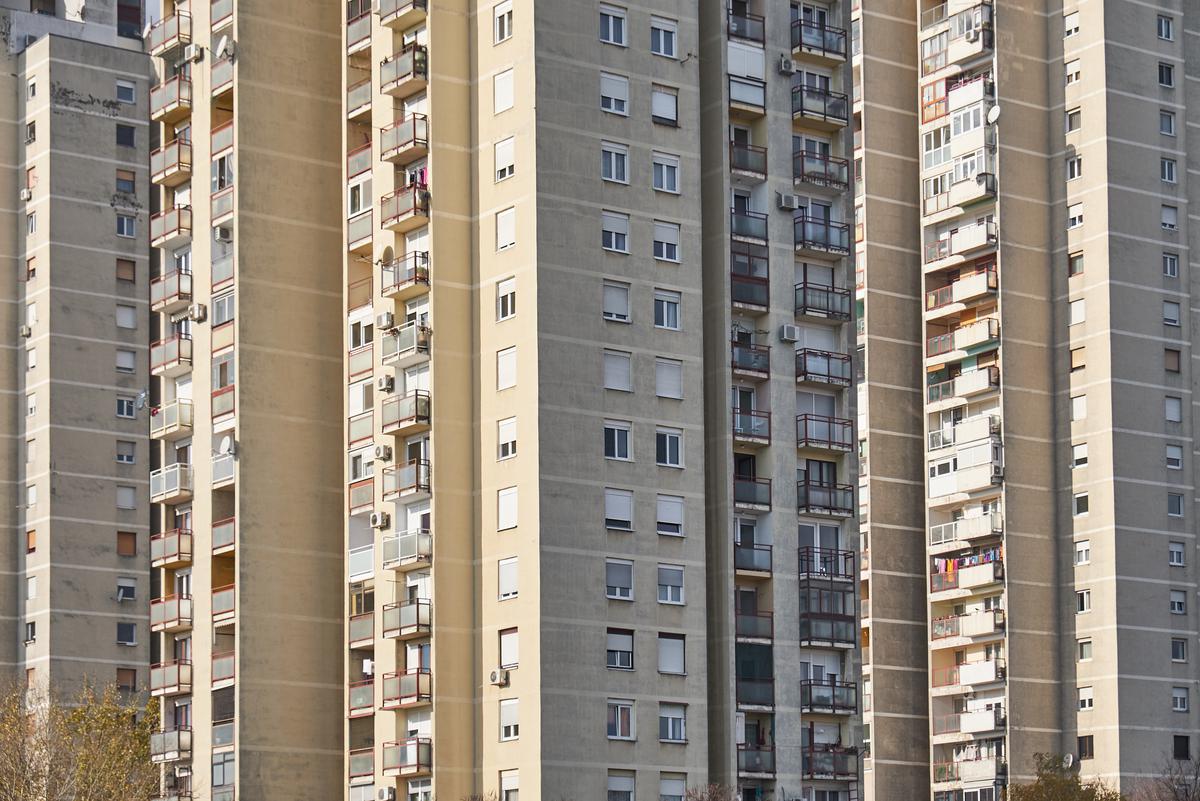
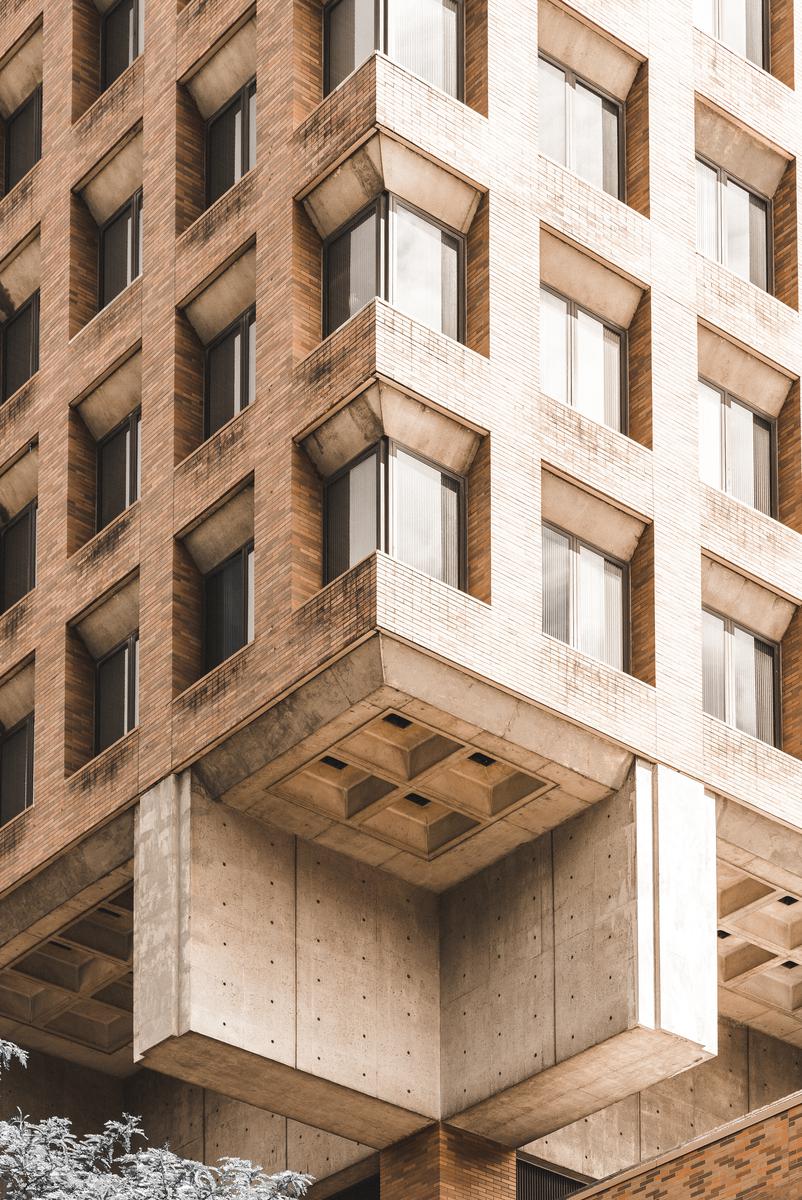
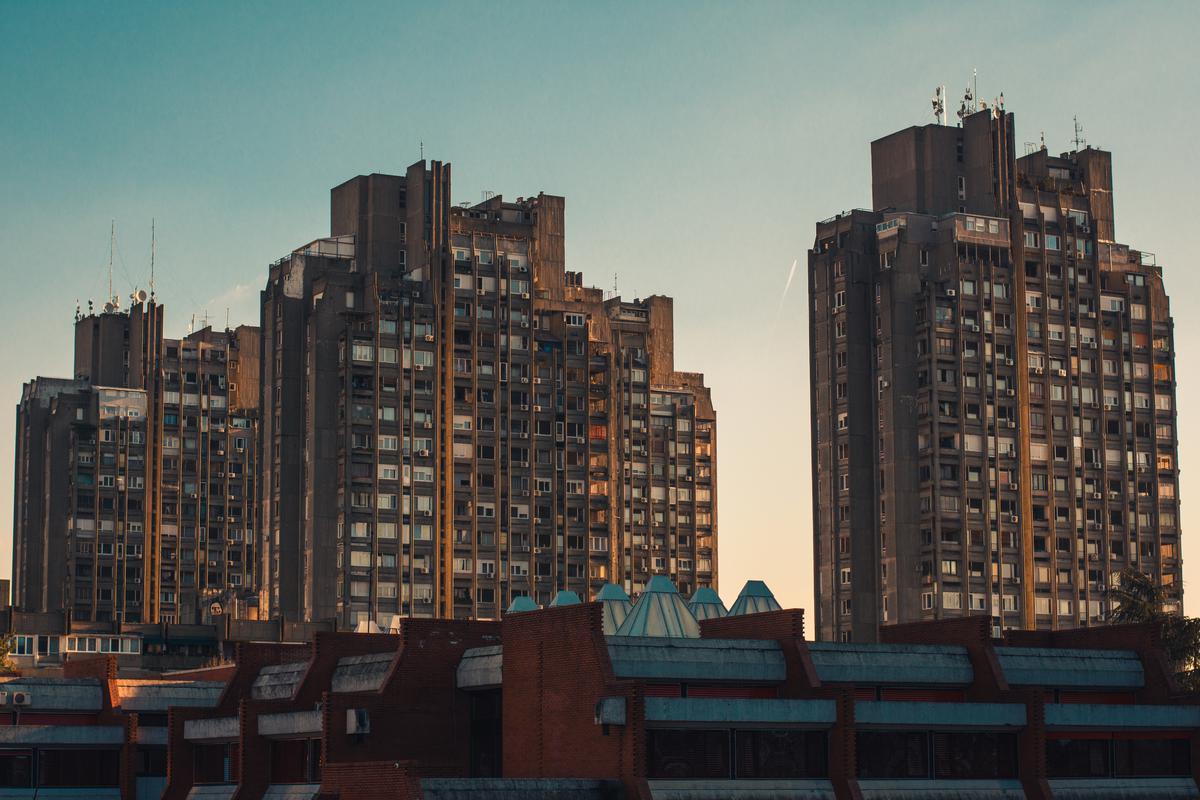
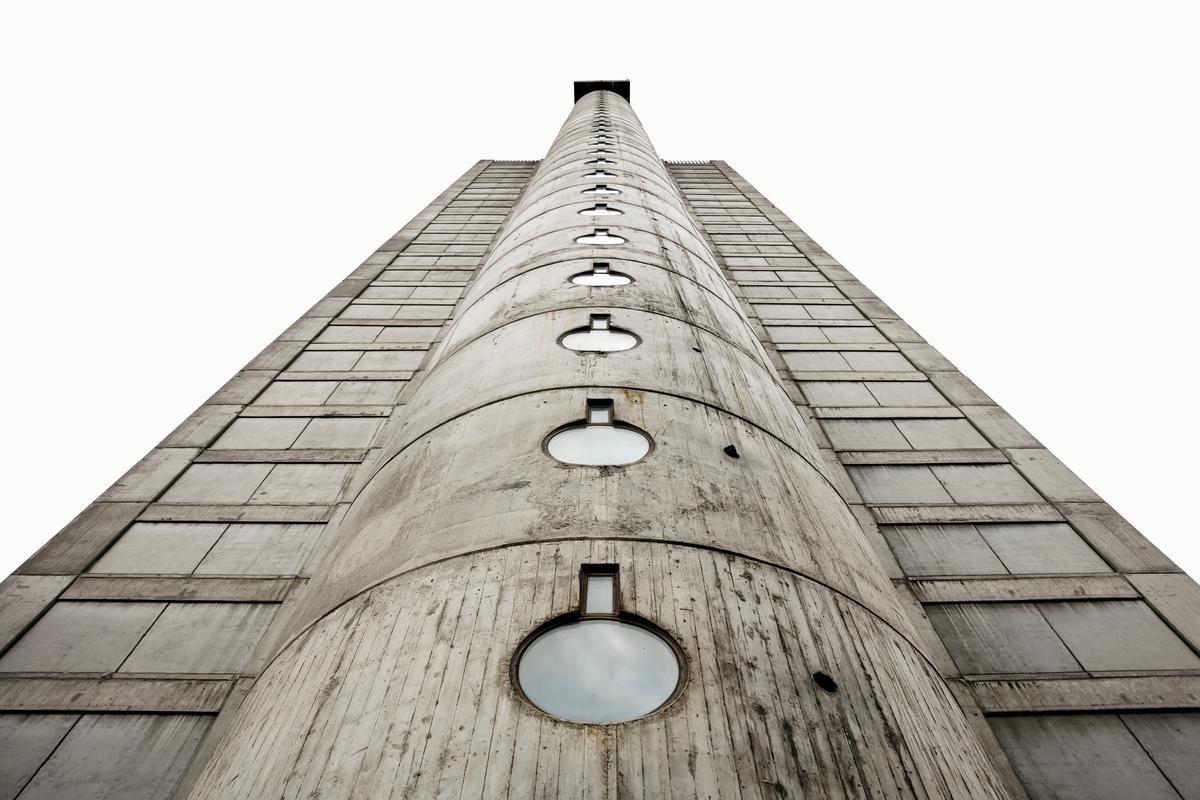
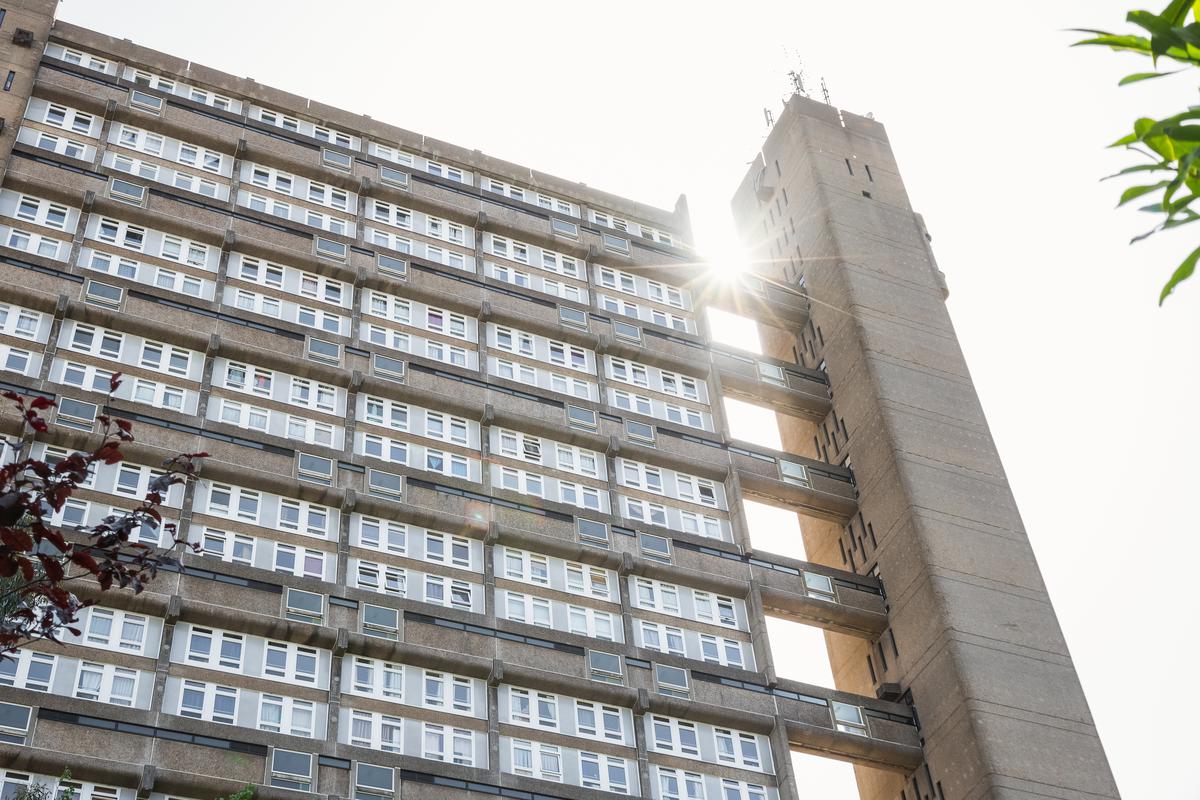
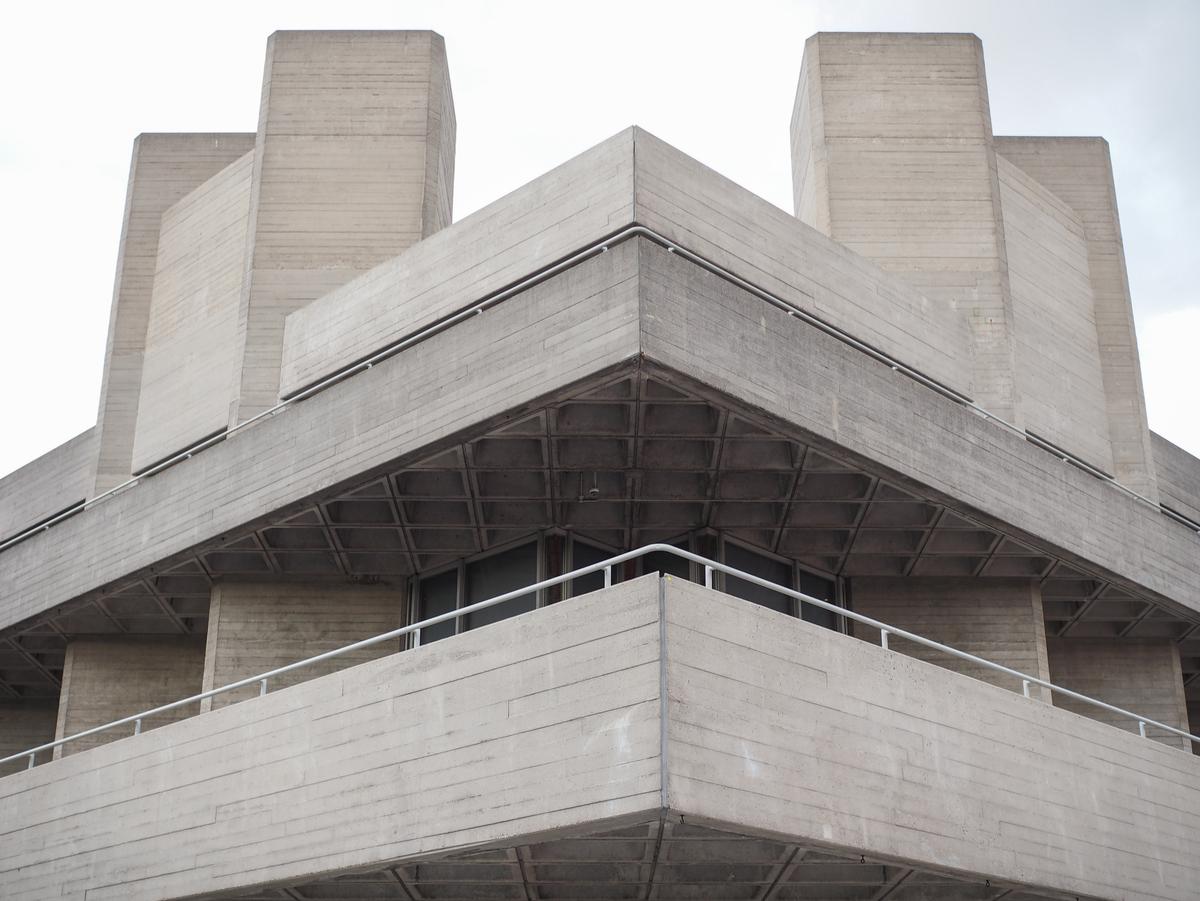
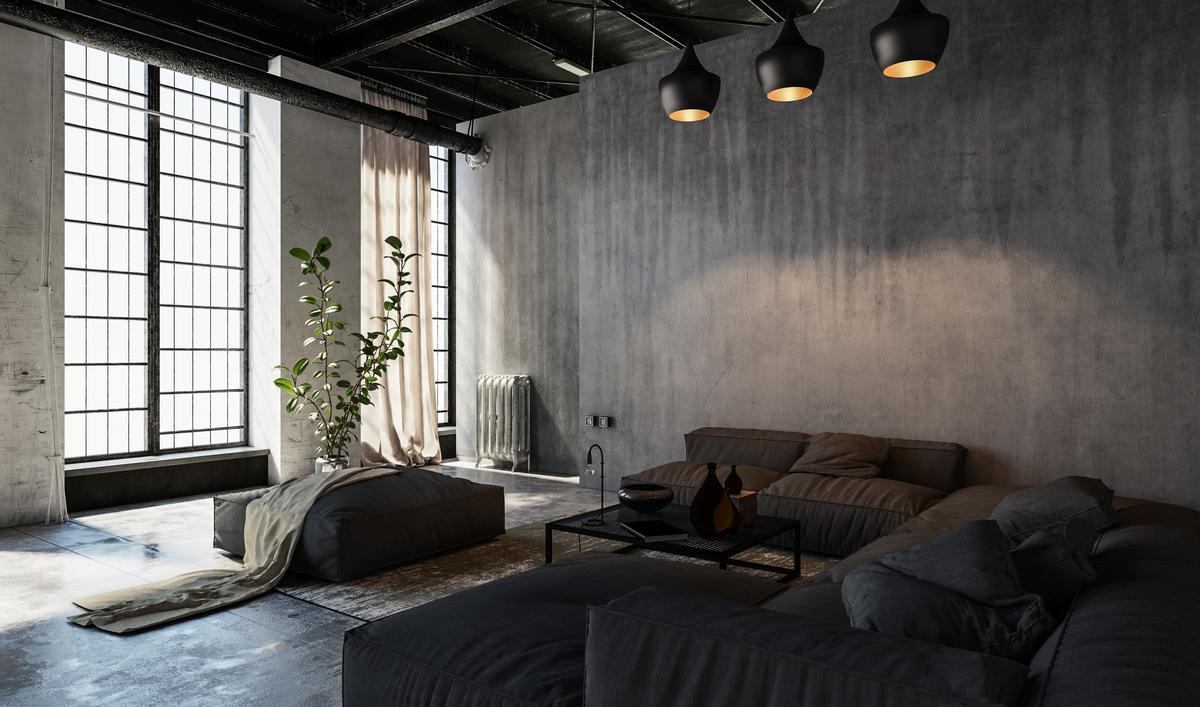
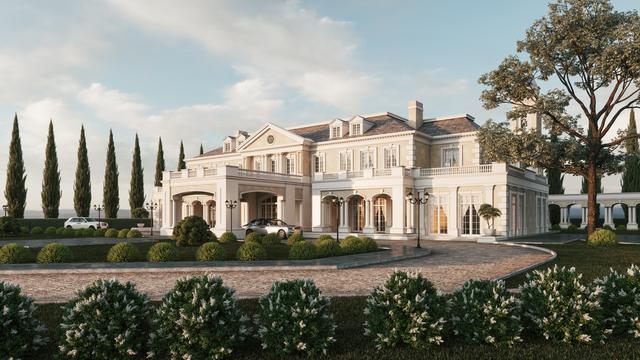
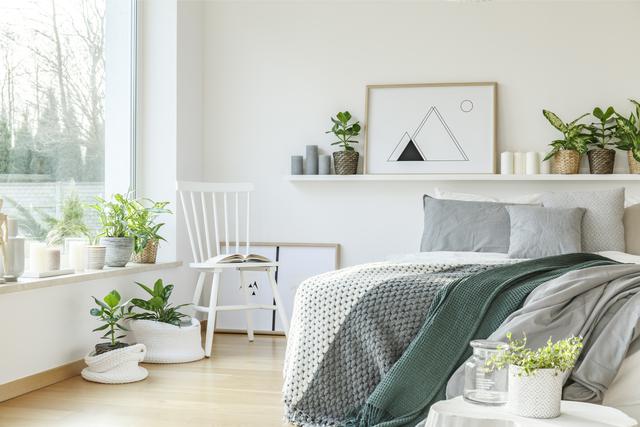
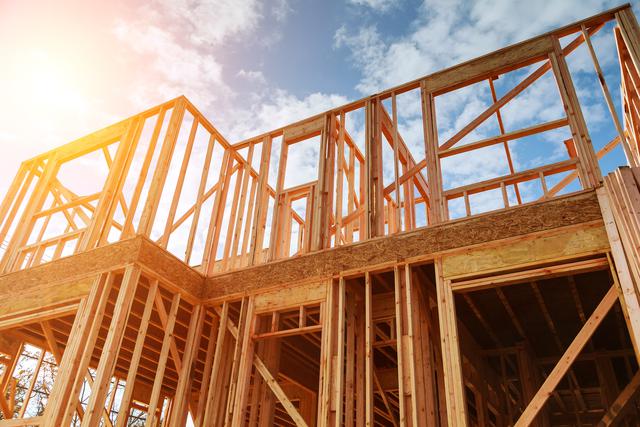
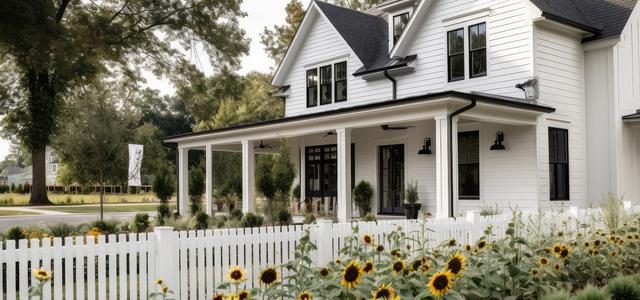
comments